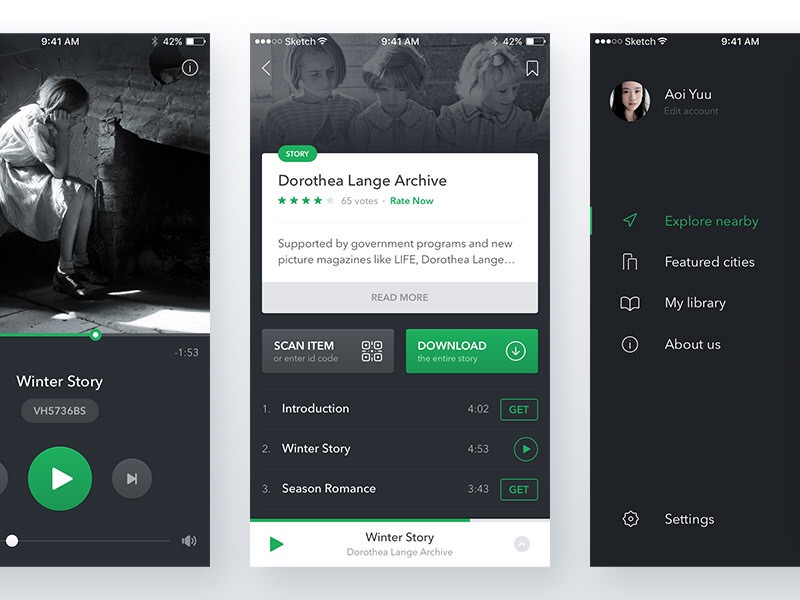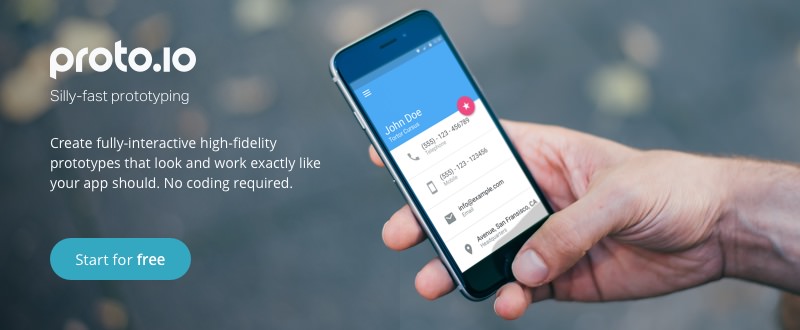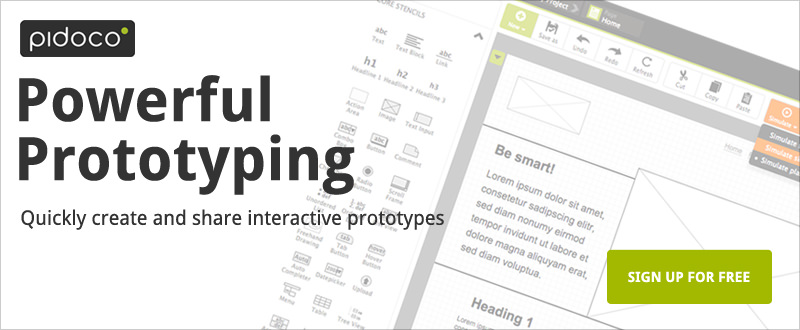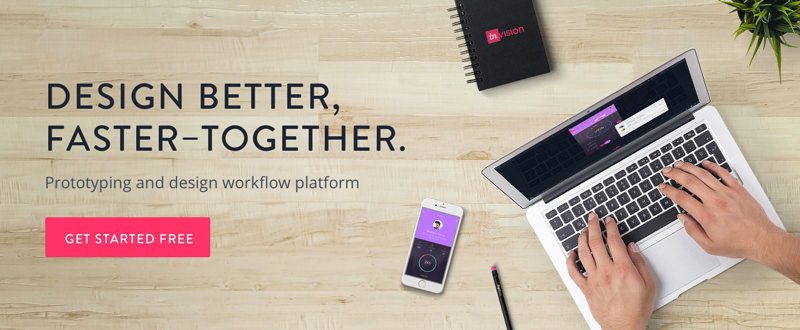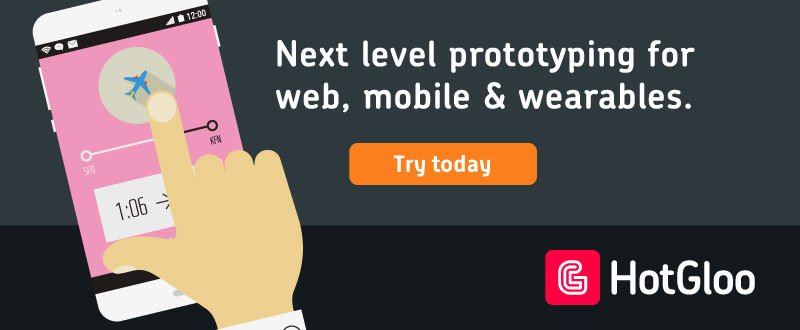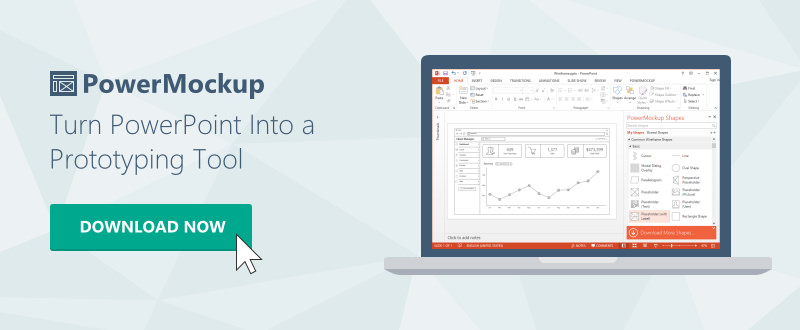It’s common feeling to consider the most effective device in the event that you don’t adhere to best practices if you want to get something done right, but even the best of tools may not be enough. Several of the very prototyping tools that are best in the marketplace are described below, along side three recommendations you’re highly encouraged to adhere to.
The usage of user flows, collaborative strategies, and screening, whenever combined with the right tools, could make your project operate smoothly and quickly, and bring about an infinitely more outcome that is favorable
Three Practices You Don’t want to Neglect
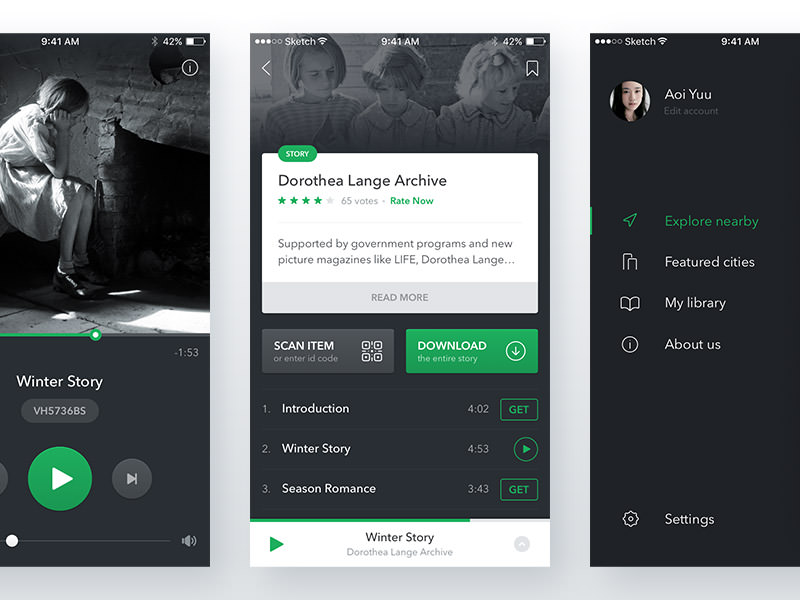
Testing and collaboration are not only keys to success, but they are absolutely necessary. User flows are equally important. That it is an iterative approach that encourages continuous testing if you don’t know where you are going, you are not apt to get far.
- Test the Prototype –One of the main reasons for prototyping, and one of its primary benefits, is. You will catch errors that could otherwise creep into the final design and code, and consequently be much more expensive to deal with when youtest early and often. Testing not only shows what works and what doesn’t, but it also indicate where improvements can be made.
- Collaborate – A lack of collaboration can spell doom for any project that requires the services of a team of individuals to get the work done. Fortunately, the tools discussed here make collaboration an easy task, and an activity that will usually be performed in real-time. Result in the trade of data, including recommendations and feedback, routine. Collaboration is a team building activity, plus it will pay dividends.
- User Flows – User flows depict what a website or application is about, from the continuing business standpoint of the owner, to the user’s experience. User flows tell you what you should be doing you should be doing it; yet these roadmaps are all too often neglected or misunderstood as you build your prototype, and how. Sketch out your user moves just before do just about anything else.
Five of the greatest Prototyping Tools currently available
At least one of these brilliant tools should properly fit your requirements. Many of them might in fact match your needs quite well. All have their individual strengths and/or specialties, but each is worth looking into and considering determining the one that will work best for you.
Proto.io
One of the key features of Proto.io is its ability to create a high-fidelity mobile app prototype that will be difficult to distinguish from the thing that is real. Perhaps not that claim can be made by every prototyping tool. In addition, you will be able to progress from a very basic, low-fidelity prototype, to one that fully emulates the user experience, and do so in a time that is short. That is due in component to this tool’s power to test any phase of a prototype on a device that is real. In the final stages, your mockup will be able to faithfully simulate the transitions and gestures that mobile users have become accustomed to.
Large companies, which make up a part of Proto.io’s huge user base, use this tool to build and test prototypes before committing resources to design that is new. What realy works for you as well for them will work.
Pidoco
Pidoco is an excellent choice for use on projects where having a strong collaborative environment in place is essential to success|If you are on the right track.
Pidoco
Pidoco is an excellent choice for use on projects where having a strong collaborative environment in place is essential to success as you build your mockup, while following best practices, you will always be in a position to know” class=”synonym”>If you are on the right track.
Pidoco
Pidoco is an excellent choice for use on projects where having a strong collaborative environment in place is essential to success as you build your mockup, while following best practices, you will always be in a position to know
. This might be in reality certainly one of this tool’s strongest points. It enables a group that is distributed of and developers to work together, share information and feedback, and manipulate a mockup’s design in real time. Changes can be made rapidly, since Pidoco maintains a version history.
This Tool fosters a strong collaborative environment, and makes following this particular practice that is best quite simple. In addition, developers can make their particular templates to speed the design process up. Testing is easily done at any stage in the mockup process, and Pidoco makes it a simple task for real-life users to participate in usability testing, whether on desktop or mobile devices.
Visit the website, view the video, and you will come away with an excellent understanding of how delightfully easy this highly-recommended tool will be to work with.
InVision
InVision brings a ton of powerful, useful features to the table. Collaboration and feedback support are two of its strengths, and a new and improved design feedback process is within the works. One of the most notable feedback features lies in the ability to tie feedback and comments to a specific point on a mockup. These comments, as well as other information that is pertinent then readily available for future guide. Feedback is tracked, and a version reputation for previous iterations is available and maintained to all.
InVision’s presentation tool LiveShare allows team members to collaborate and exchange design information in real time. It’s a tool that is mighty specific developers and tiny groups, however it’s perhaps many impressive whenever placed to exert effort as a seamless collaboration device for commonly dispersed teams. It’s no wonder they claim to be the world’s leading prototyping, design collaboration, and workflow platform—they might actually be.
HotGloo
HotGloo means super easy protoyping for everyone involved in digital projets. Wireframe you ideas, add interactions to test click paths or walk throughs. Getting starterd is super easy thanks to a huge UI library and readymade elements.
You may even upload your to utilize them inside the HotGloo editor. Create prototypes toegther with your group in real-time and save your self a complete lot of time. Wheter you are a bignner or an expert – this is an excellent tool to use. Begin with a worry free – 15day trial offer.
PowerMockup
PowerMockup is somewhat of a specialty product. It’s specially created for use by PowerPoint users, which is in reality a Microsoft PowerPoint plugin. A advantage that is key of plugin lies in the ability to select shapes and icons from the large (800+ UI elements and icons) PowerPoint library and use them to build your mockup. New additions are constantly being introduced in this library, and you can store your own design elements there as well. Just use drop and drag to include elements to a PowerPoint slide. No coding is essential. Sign up for a free test.
Creating Prototypes simply got better
(you will more than likely enjoy the process) If you pick the right tool, and follow best practices, your prototyping efforts should become easier and provide superior results, and. If collaboration, or the lack of it, has been a nagging problem before, the tools described right here provides the answer you’ve got been seeking. In terms of the prototypes by themselves are worried, the total outcomes, for every single of the tools, will talk on their own.Visit the internet sites. View videos and take advantageous asset of free studies before you select. As soon as you’ve made your selection, cooperate, test early and frequently, take advantage of user moves, and follow guidelines. That’s all there clearly was to it.
